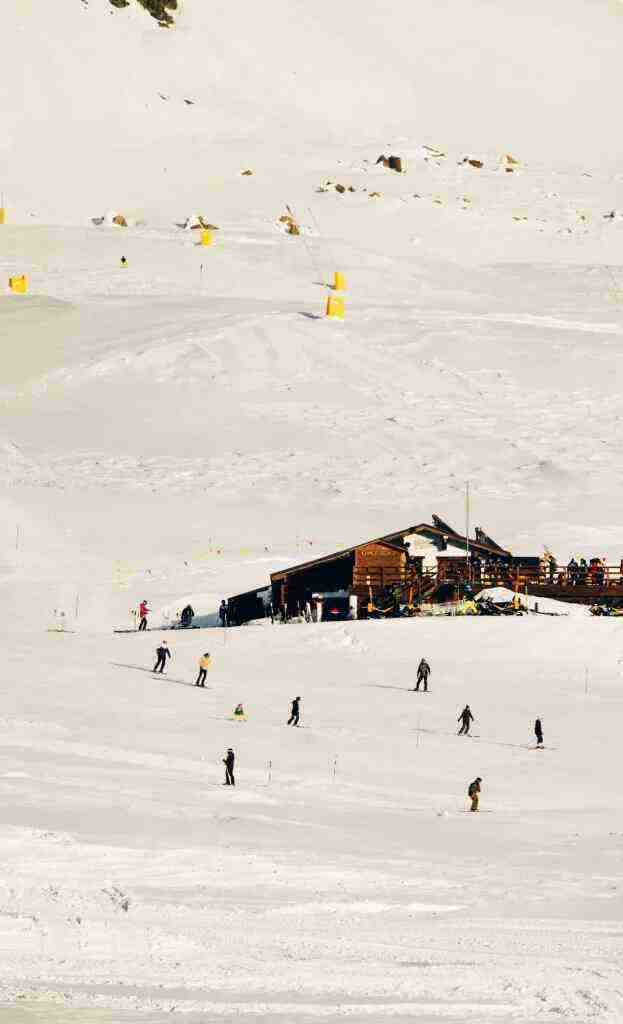Winter Gardening: Tips and Tricks to Keep Your Plants Cozy in the Cold
Introduction: Embracing the Winter Wonderland
As the frosty season descends upon us, many gardeners bid farewell to their beloved blooms, fearing the harsh winter’s wrath. However, with a dash of knowledge and a sprinkle of ingenuity, you can transform your garden into a winter wonderland, replete with thriving plants that defy the cold. In this comprehensive guide, we’ll embark on a journey through the world of winter gardening, uncovering tips and tricks to protect your precious plants from the icy embrace of winter.
1. Choosing Cold-Hardy Plants: Selecting Nature’s Resilient Warriors
The first step towards successful winter gardening lies in selecting plants that are naturally equipped to withstand the rigors of cold weather. These cold-hardy plants possess an innate ability to endure freezing temperatures, ensuring their survival amidst the winter’s icy grip. From the elegant Snowdrops that herald the arrival of spring to the vibrant Winterberry that adds a splash of color to the snowy landscape, there’s a wealth of cold-hardy plants waiting to grace your winter garden.
2. Mulching: Blanketing Your Plants with Nature’s Protective Layer
Mulching emerges as a crucial practice in winter gardening, akin to wrapping your plants in a cozy blanket. This protective layer shields the soil from the harsh elements, preventing the ground from freezing deeply and safeguarding the delicate roots of your plants. Organic materials like straw, leaves, or compost serve as ideal mulching materials, enriching the soil while insulating the roots from the cold. Remember, a thicker blanket provides better protection, so don’t be shy about piling on the mulch.
3. Cold Frames and Greenhouses: Creating a Warm Haven for Your Plants
If you reside in regions with particularly harsh winters, consider erecting cold frames or greenhouses to provide your plants with a controlled environment. These structures act as protective havens, shielding plants from the biting cold and frost. Cold frames are essentially mini-greenhouses placed directly over plants, while greenhouses offer a larger, enclosed space for nurturing a variety of plants throughout the winter months.
4. Watering Wisely: Striking a Delicate Balance
Contrary to popular belief, watering your plants during winter is essential, albeit with a few adjustments. While the frequency of watering may decrease, the importance of providing adequate moisture remains paramount. Aim to water deeply but less frequently, allowing the soil to dry out slightly between waterings. This practice promotes healthy root growth and prevents waterlogging, which can lead to root rot.
5. Pruning with Precision: Nurturing Growth and Maintaining Shape
Winter pruning serves a dual purpose: it encourages new growth come springtime and maintains the desired shape of your plants. Focus on removing dead, diseased, or damaged branches to enhance air circulation and prevent the spread of disease. Be mindful not to prune too aggressively, as this can weaken the plant and make it more susceptible to winter damage. Remember, winter pruning is more about shaping and removing problem areas than promoting vigorous growth.
6. Pest and Disease Management: Safeguarding Your Plants from Unseen Threats
Winter doesn’t grant pests and diseases a reprieve from their relentless pursuit of your plants. Regularly inspect your plants for signs of infestation or disease, taking prompt action to address any issues. Use organic pest control methods whenever possible, minimizing the use of harsh chemicals that can harm beneficial insects and further weaken your plants. Prevention is key, so keep your garden clean and free of debris to discourage pests from taking up residence.
Conclusion: A Garden that Thrives in the Embrace of Winter
With careful planning, a touch of TLC, and the implementation of these winter gardening techniques, you can create a garden that not only survives the winter but thrives in its icy embrace. Embrace the beauty of the dormant season, and discover the joy of nurturing life amidst the winter’s frosty tapestry. As you witness your plants emerge from their winter slumber, bursting forth with renewed vigor come springtime, you’ll realize that winter gardening is not just about survival; it’s about resilience, adaptation, and the enduring spirit of nature.
So, venture forth, dear gardener, into the realm of winter gardening. Transform your garden into a haven of resilience, where plants dance gracefully amidst the snowflakes, defying the odds and showcasing the indomitable spirit of life. May your winter garden be a testament to your dedication and love for the natural world.
(Call to action)
